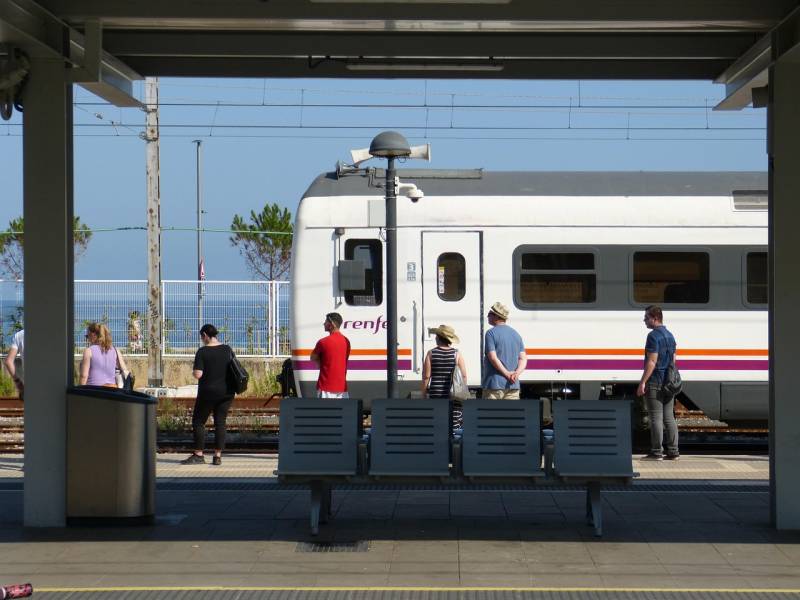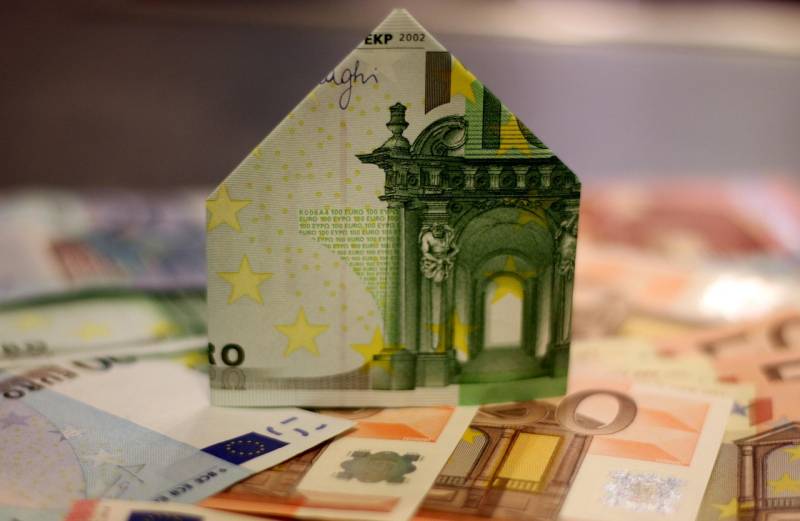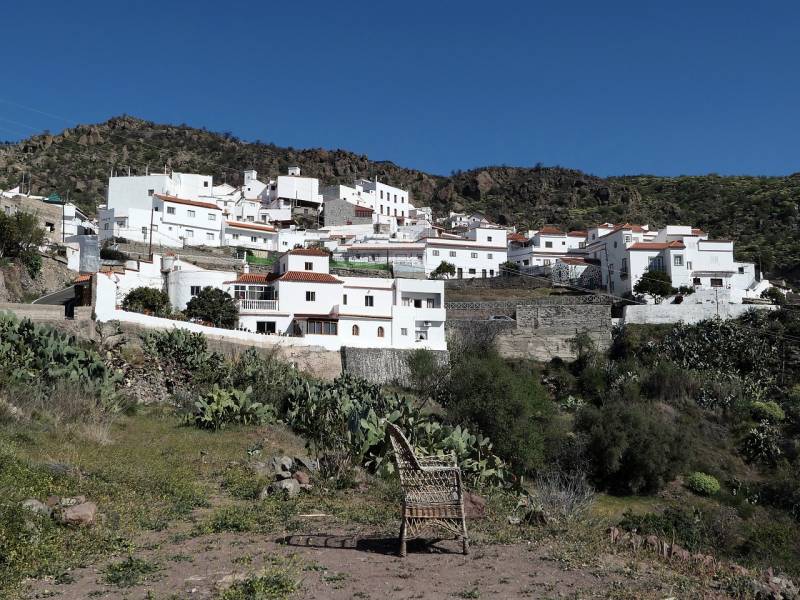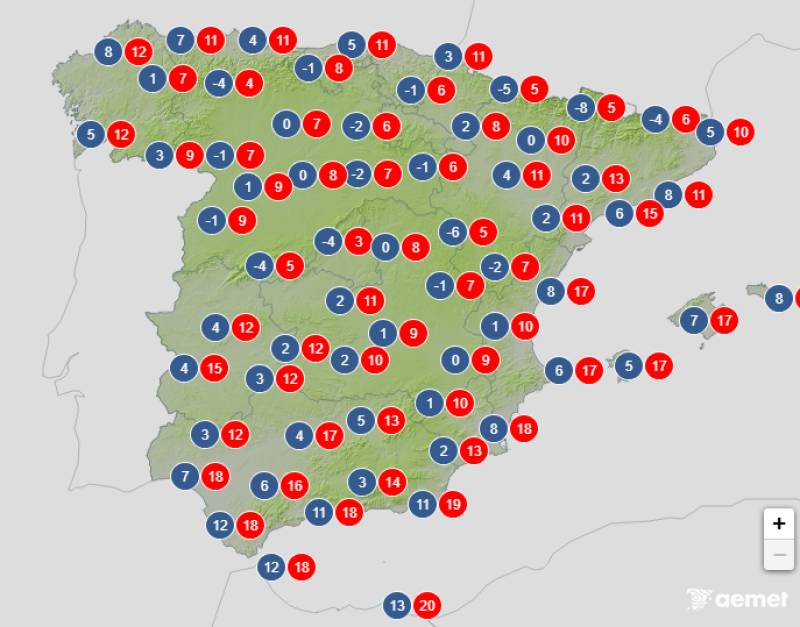

- EDITIONS:
 Spanish News Today
Spanish News Today
 Murcia Today
Murcia Today
 Alicante Today
Alicante Today
Date Published: 29/10/2025
Six months after Spain's blackout: Higher bills, grid problems and no answers
What’s changed since the big power cut in April
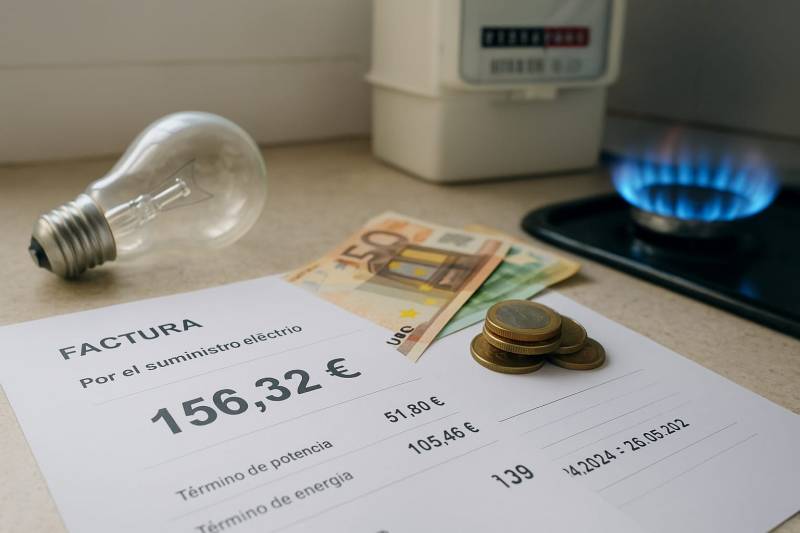 Back in April, Spain experienced its biggest power blackout in decades. On Monday April 28, millions of people across the country were left without electricity for up hours. The blackout happened because the grid couldn’t handle sudden spikes in voltage, especially from renewable sources like solar and wind. Experts say the system was overwhelmed and couldn’t keep things stable, leading to a nationwide power cut.
Back in April, Spain experienced its biggest power blackout in decades. On Monday April 28, millions of people across the country were left without electricity for up hours. The blackout happened because the grid couldn’t handle sudden spikes in voltage, especially from renewable sources like solar and wind. Experts say the system was overwhelmed and couldn’t keep things stable, leading to a nationwide power cut.Why electricity bills are going up
Since the blackout, the way Spain runs its electricity grid has changed. To avoid another blackout, the grid operator, Red Eléctrica, has been using more traditional power plants, like nuclear, hydro, and gas, instead of relying so much on renewables. This means more electricity is being produced than is actually needed, which is pushing up costs for everyone. The extra cost so far is about €370 million, and this is being passed on to homes and businesses.
Electricity prices have gone up, especially in the summer months. For example, prices jumped from around €45 per MWh in April to over €80 per MWh in June, July, and August. This means people are paying more for their electricity, even though renewable energy is usually cheaper.
Ongoing problems with the grid
The grid is still having trouble keeping voltage stable. There have been several incidents since April, including sudden surges and drops in voltage, especially when lots of renewable energy comes online at once. Electricity companies are asking Red Eléctrica for more information about what happened during the blackout and how the grid is being managed, but so far, they haven’t received all the details they need.
There’s also a disagreement between the grid operator and the companies that run power plants. Red Eléctrica wants to make all renewable plants help control voltage, but the companies say this isn’t practical yet and could even cause more problems. The regulator has agreed to some short-term measures, but the main solution won’t be ready until 2026.
Gas sector wants higher bills
Because the grid is using more gas plants to keep things stable, gas consumption has gone up by 78% since April. The gas industry is now asking for higher tariffs on gas bills to cover the extra costs of running and maintaining the network. They say that without these increases, it won’t be possible to keep the gas supply reliable or invest in new technologies.
Gas bills have actually gone down in recent years, but the industry argues that this has made it harder to keep up with rising costs. The regulator is now reviewing how much the gas sector should be paid, but the companies say the current proposals aren’t enough to keep things running smoothly.
The bottom line is that six months after the blackout, Spain is dealing with higher electricity bills, ongoing grid problems, and a push from the gas sector for higher tariffs. The situation is still tense, and there’s no clear solution yet to prevent another blackout in the future.
For a free price comparison to see how much you could be saving on your energy bills in Spain, contact via WhatsApp at +34 644 462 145 or visit their website www.spanishenergy.es
Image: Chatgpt
staff.inc.and
Address
El Albujon, Cartagena, Murcia, 30330Tel: 0034 644 462 145
Loading
Free energy bill comparison anywhere in Spain
Spanish Energy, in collaboration with Gana Energy, offers a comprehensive comparison of energy plans and products in English.
Their knowledgeable team will guide you through the different options for saving money on your energy bills in Spain, explaining how their plans work and answering any questions you may have.
There is no fee for switchover, no hidden charges and the energy comparison is completely free.
To reach out to them for a FREE quote, send a WhatsApp to +34 644 462 145 or email steve@spanishenergy.es.
Alternatively, you can go to www.spanishenergy.es and all you have to do is submit a recent energy bill to get your FREE, no-obligation switchover quote and start saving straight away!
Contact Murcia Today: Editorial 000 000 000 /
Office 000 000 000












